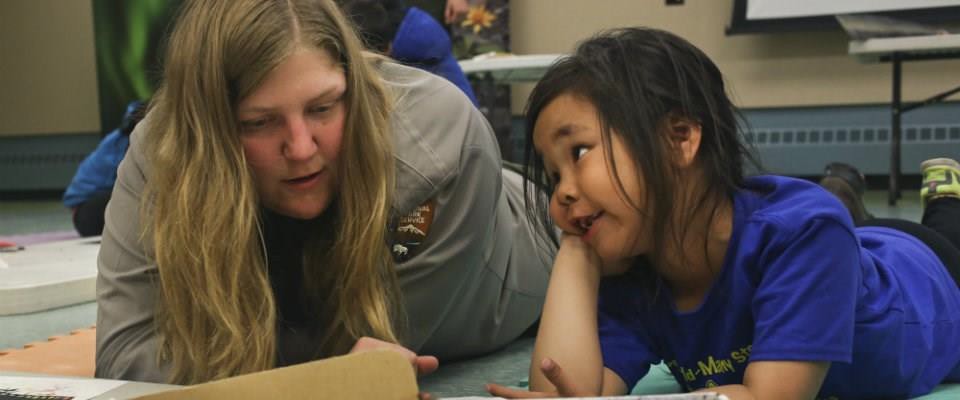60 Language Development
Vocabulary Growth
A child’s vocabulary expands between the ages of 2 to 6 from about 200 words to over 10,000 words through a process called fast-mapping. Words are easily learned by making connections between new words and concepts already known. The parts of speech that are learned depend on the language and what is emphasized. Children speaking verb-friendly languages such as Chinese and Japanese, tend to learn nouns more readily. But, those learning less verb-friendly languages such as English, seem to need assistance in grammar to master the use of verbs (Imai, et al, 2008).

Literal Meanings
Children can repeat words and phrases after having heard them only once or twice. But they do not always understand the meaning of the words or phrases. This is especially true of expressions or figures of speech which are taken literally. For example, two preschool-aged girls began to laugh loudly while listening to a tape-recording of Disney’s “Sleeping Beauty” when the narrator reports, “Prince Phillip lost his head!” They imagine his head popping off and rolling down the hill as he runs and searches for it. Or a classroom full of preschoolers hears the teacher say, “Wow! That was a piece of cake!” The children began asking “Cake? Where is my cake? I want cake!”
Overregularization
Children learn rules of grammar as they learn language but may apply these rules inappropriately at first. For instance, a child learns to add “ed” to the end of a word to indicate past tense. Then form a sentence such as “I goed there. I doed that.” This is typical at ages 2 and 3. They will soon learn new words such as “went” and “did” to be used in those situations.
The Impact of Training
Remember Vygotsky and the zone of proximal development? Children can be assisted in learning language by others who listen attentively, model more accurate pronunciations and encourage elaboration. The child exclaims, “I goed there!” and the adult responds, “You went there? Say, ‘I went there.’ Where did you go?” Children may be ripe for language as Chomsky suggests, but active participation in helping them learn is important for language development as well. The process of scaffolding is one in which the adult (or more skilled peer) provides needed assistance to the child as a new skill is learned.
Language Milestones
The prior aspects of language development in early childhood can also be summarized into the progression of milestones children typically experience from ages 3 to 5. Here is a table of those.[1]
|
Typical Age |
What Most Children Do By This Age |
|
3 years |
|
|
4 years |
|
|
5 years |
|
In this video, Dr. Boise reviews key concepts for language development during early childhood.
Now that we have addressed some of the cognitive areas of growth in early childhood, let’s take a look at the topic of school and its various applications.[3]
- Child Growth and Development by Jennifer Paris, Antoinette Ricardo, & Dawn Rymond licensed under CC BY 4.0; ↵
- Developmental Milestones by the CDC is in the public domain ↵
- Child Growth and Development by Jennifer Paris, Antoinette Ricardo, & Dawn Rymond licensed under CC BY 4.0; ↵

